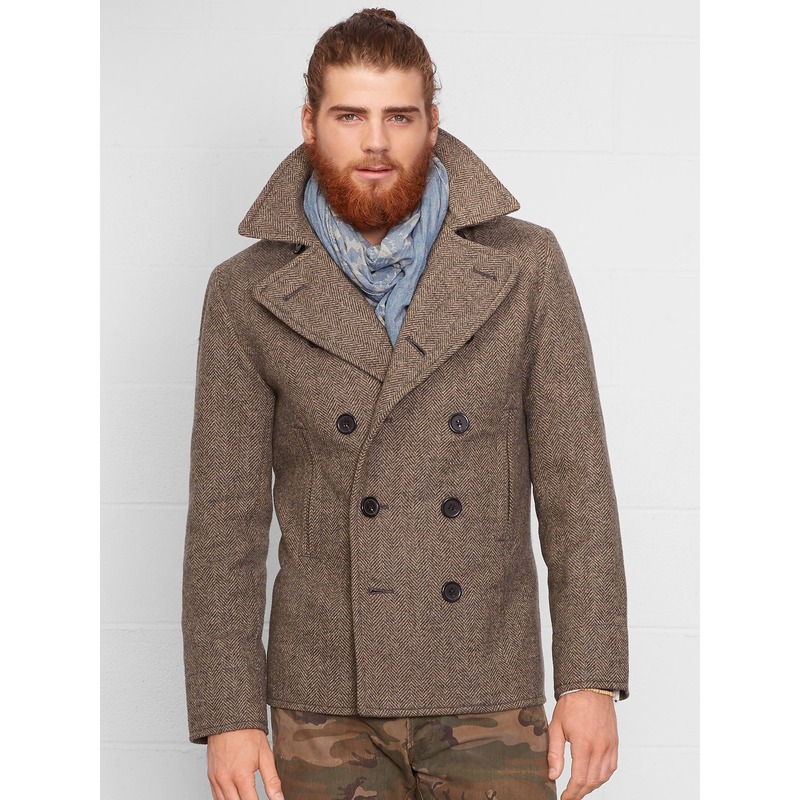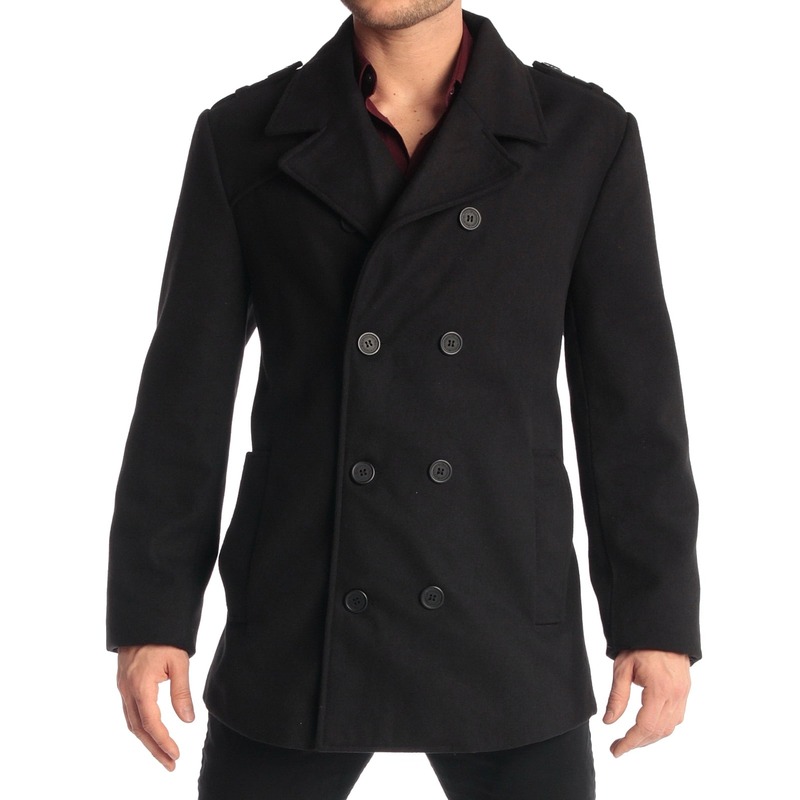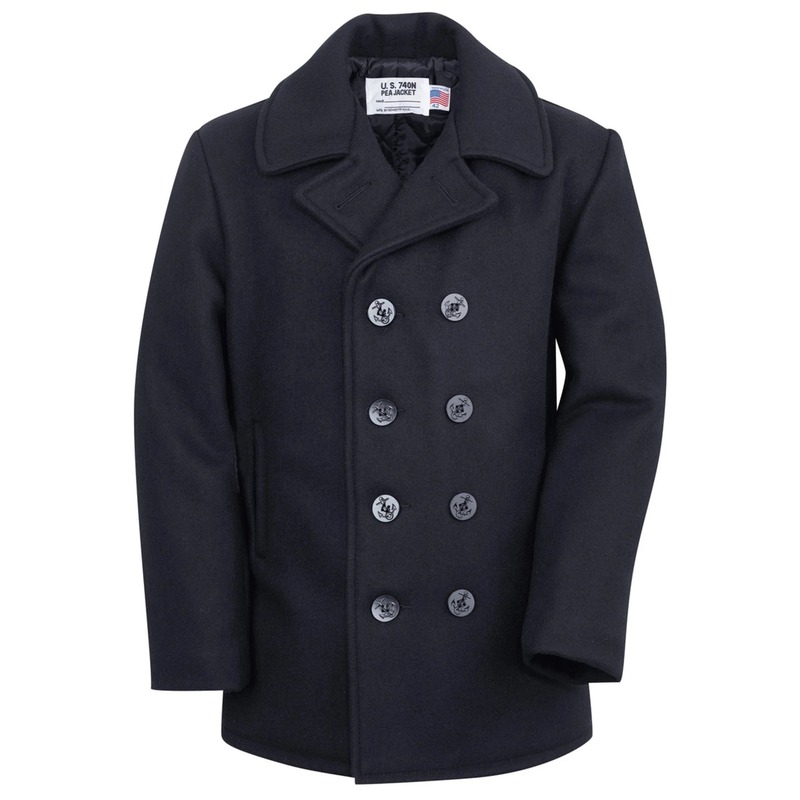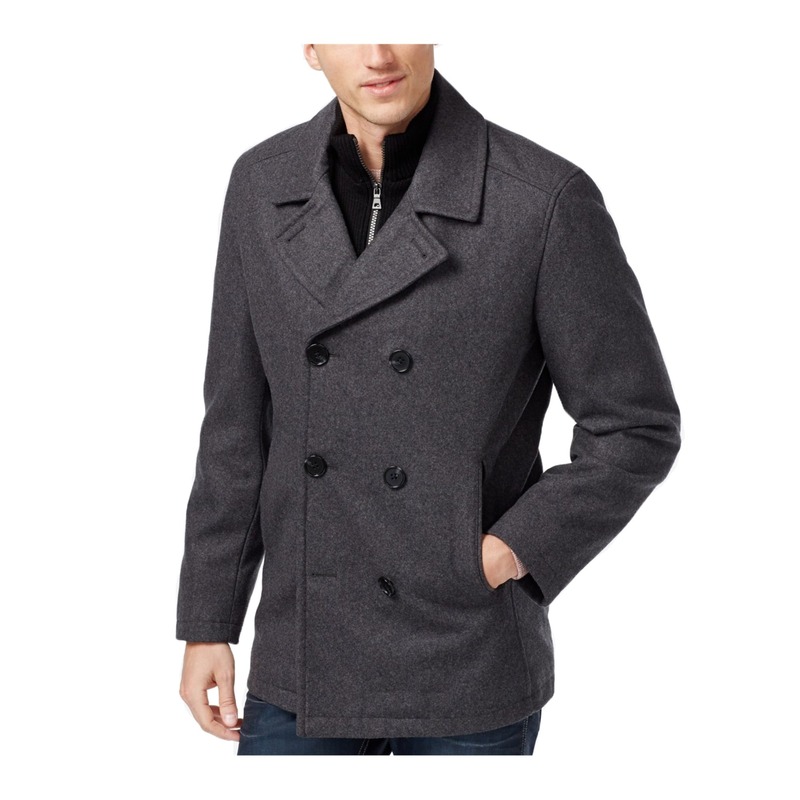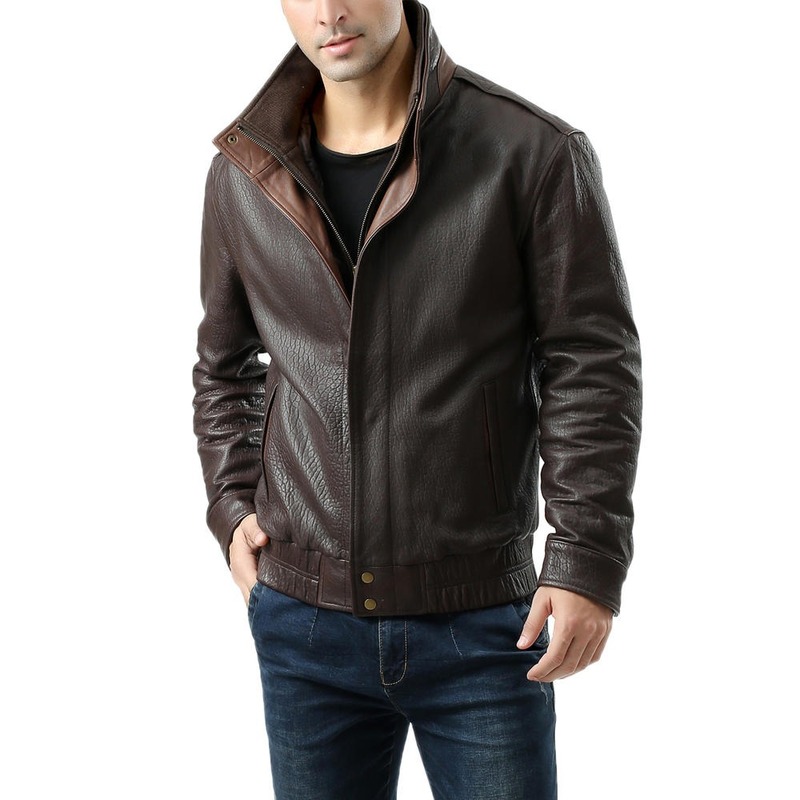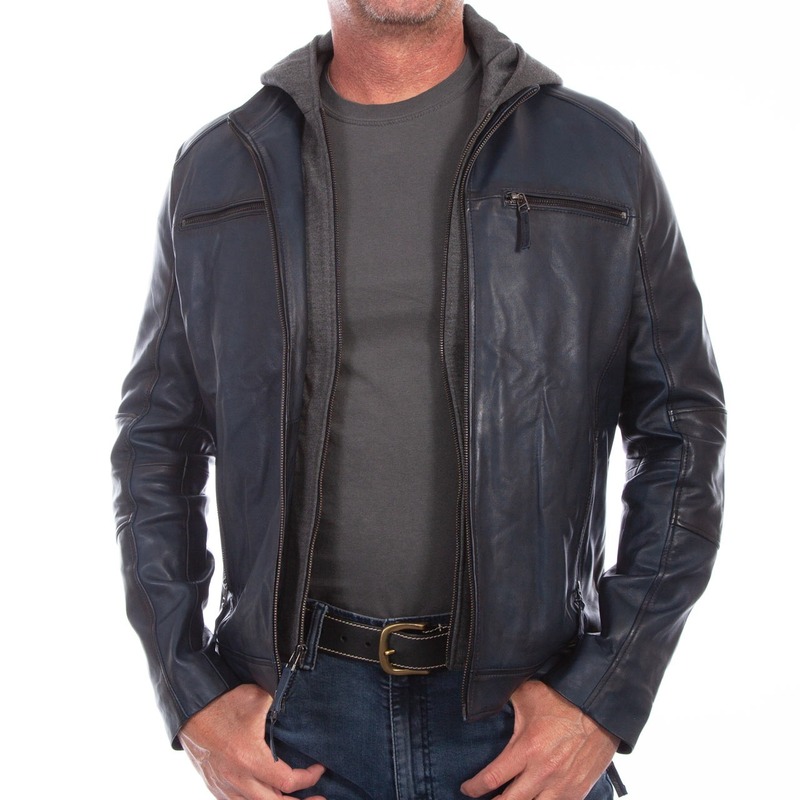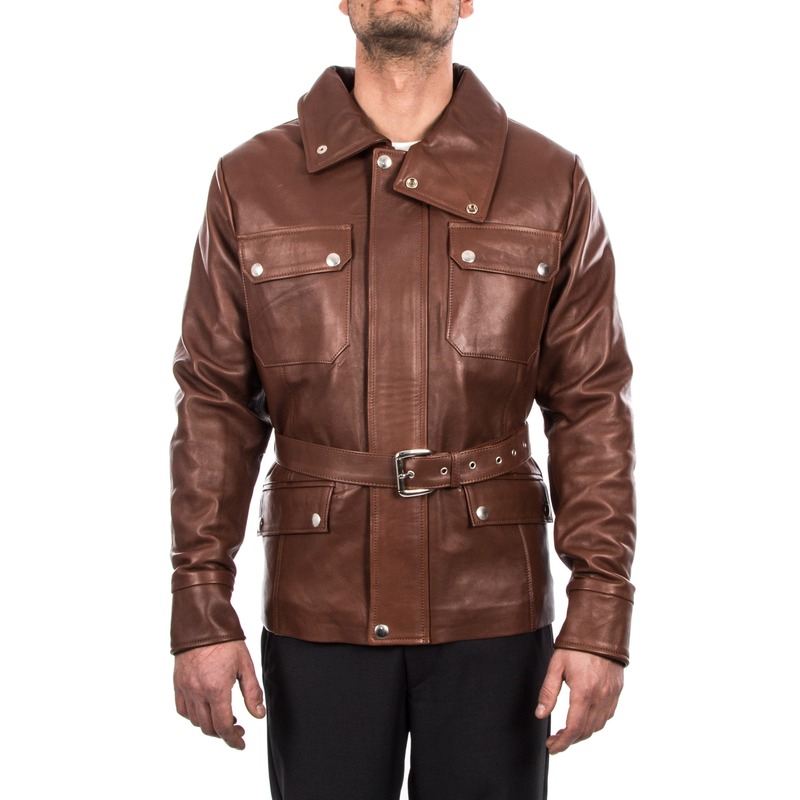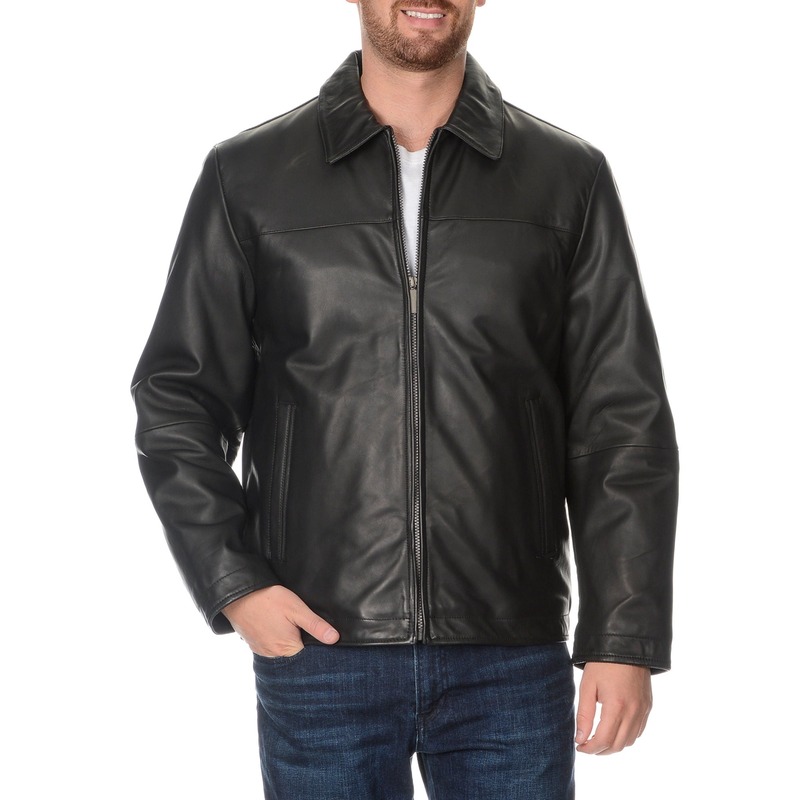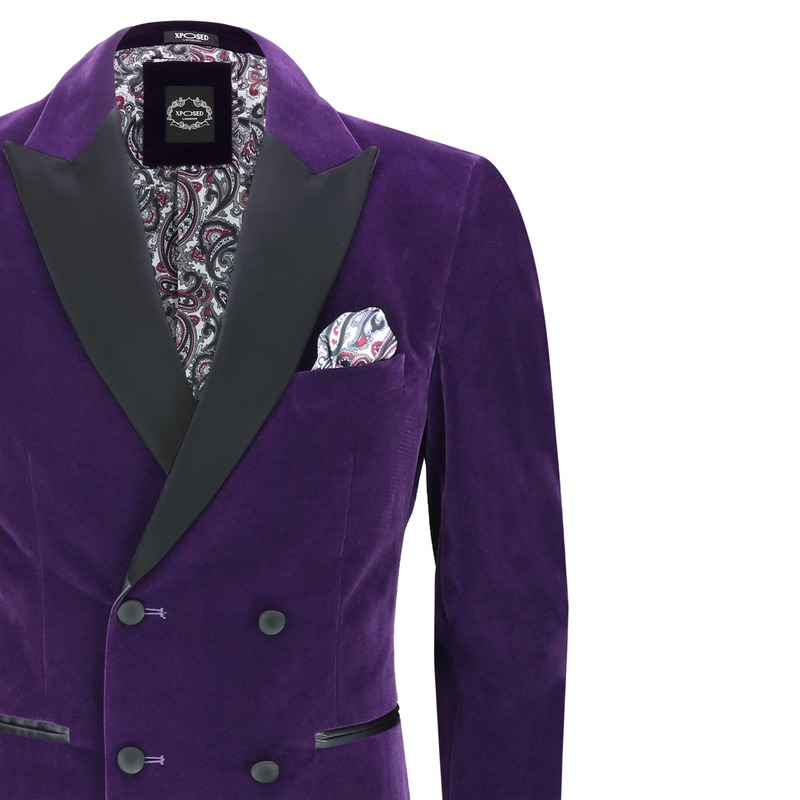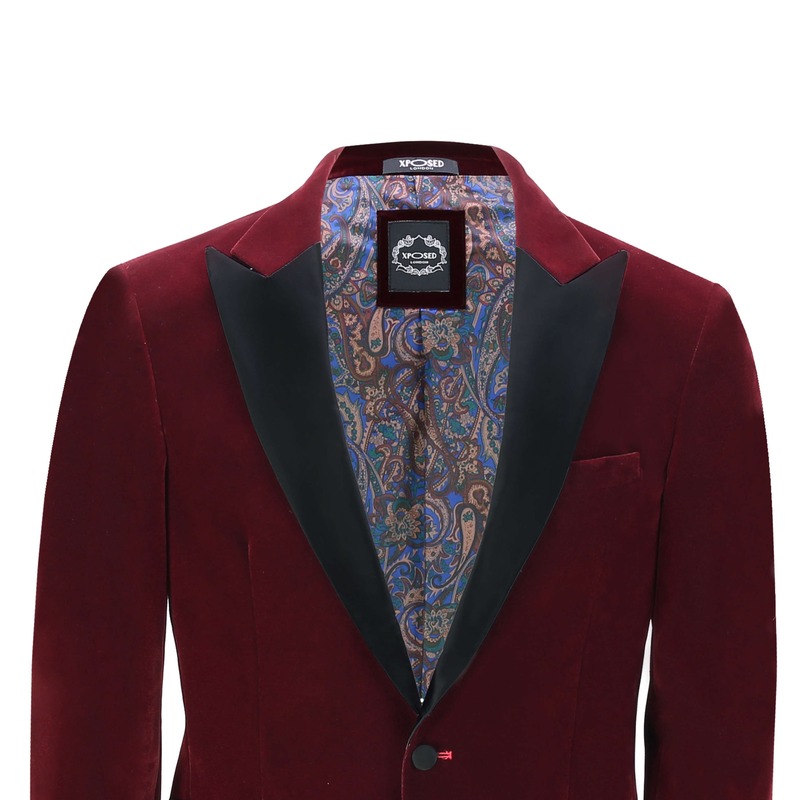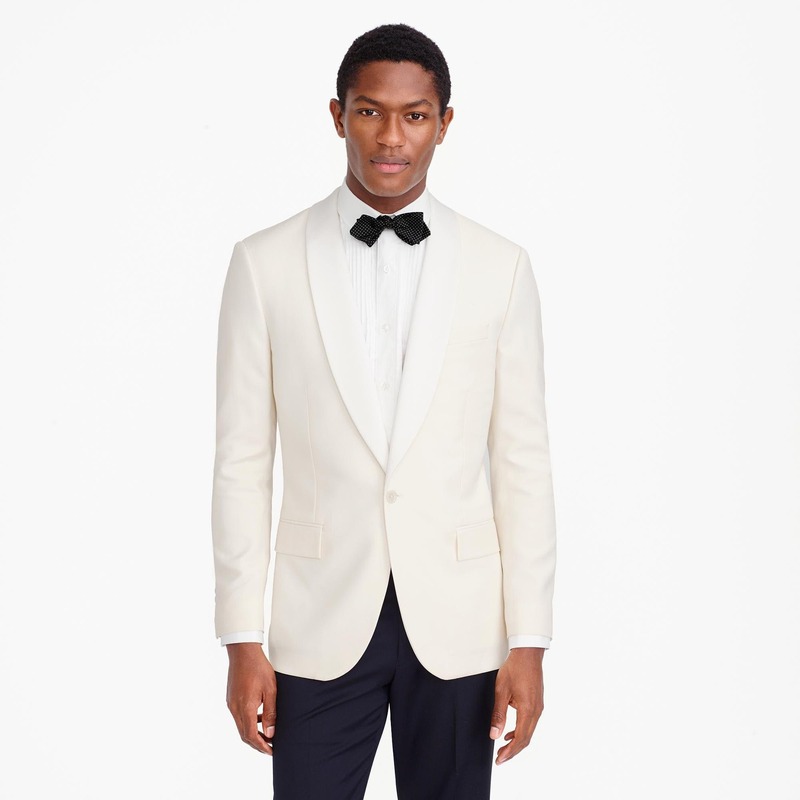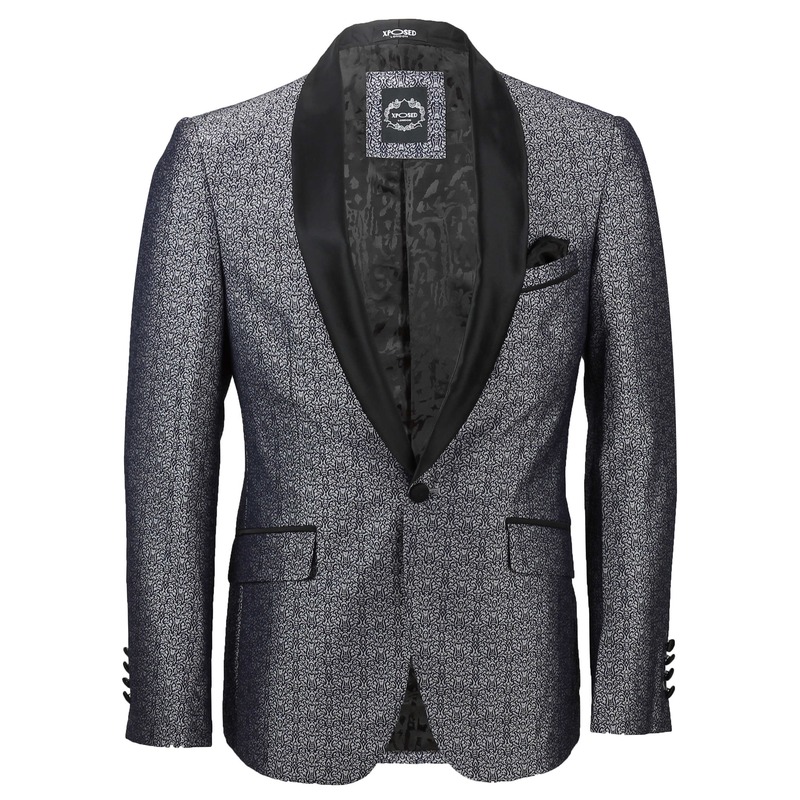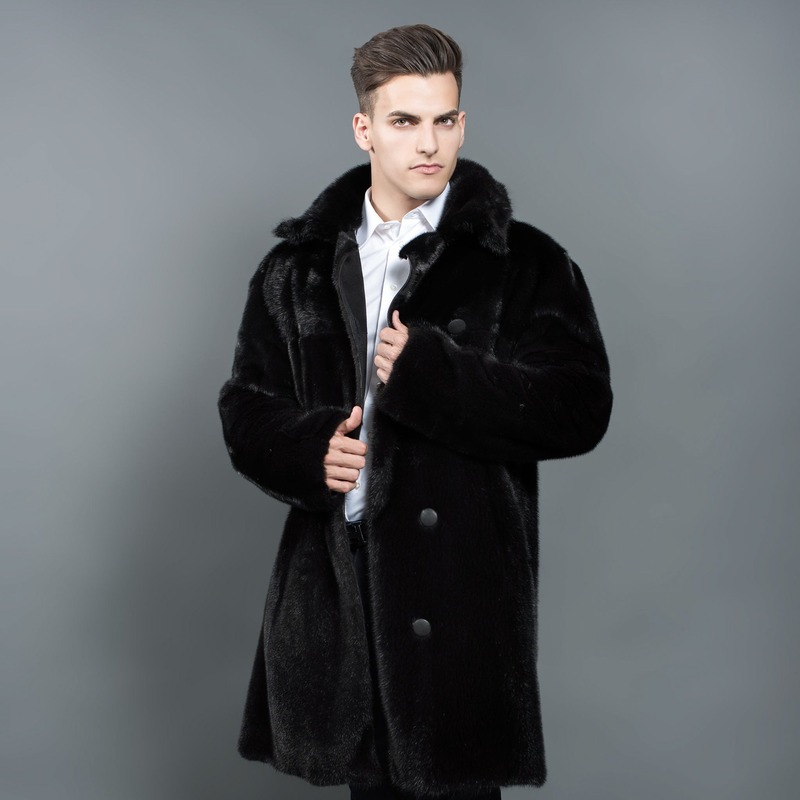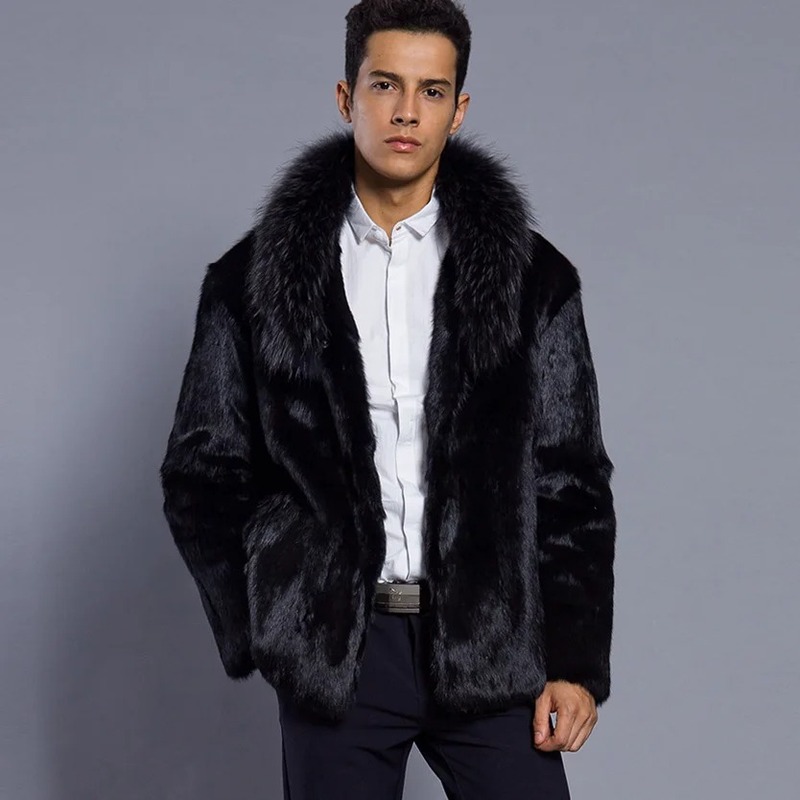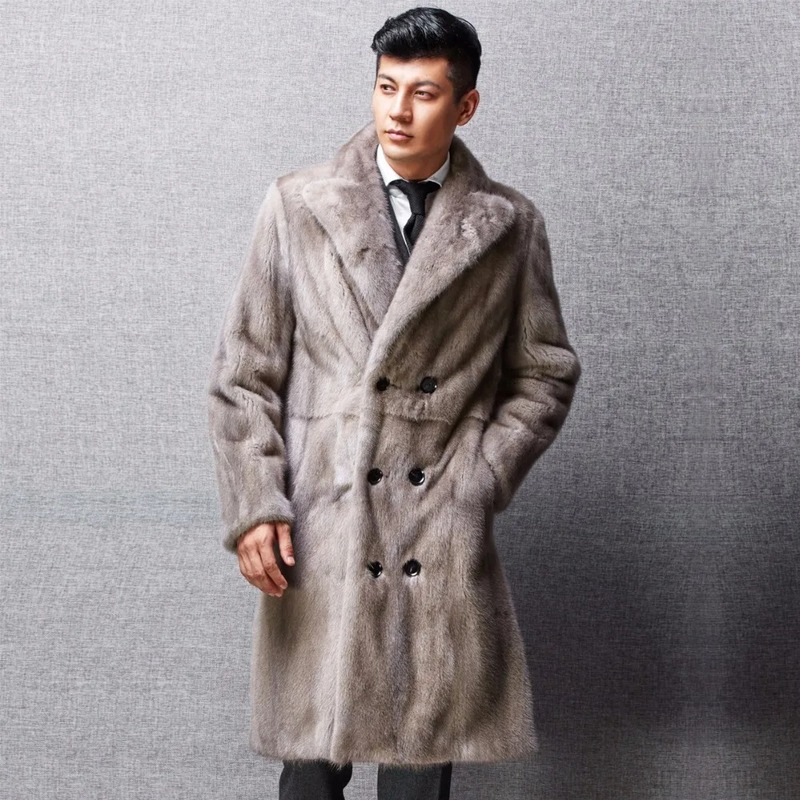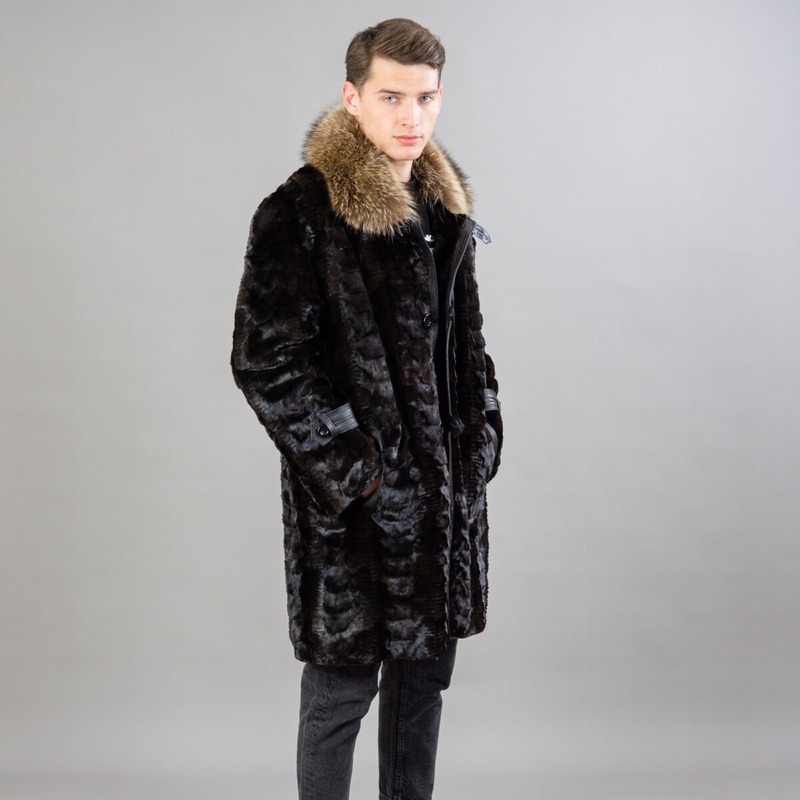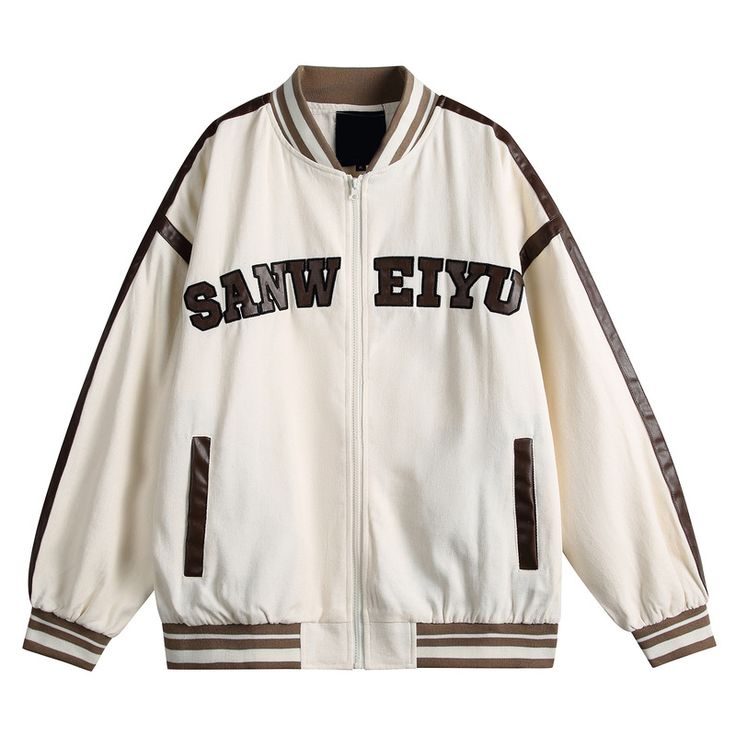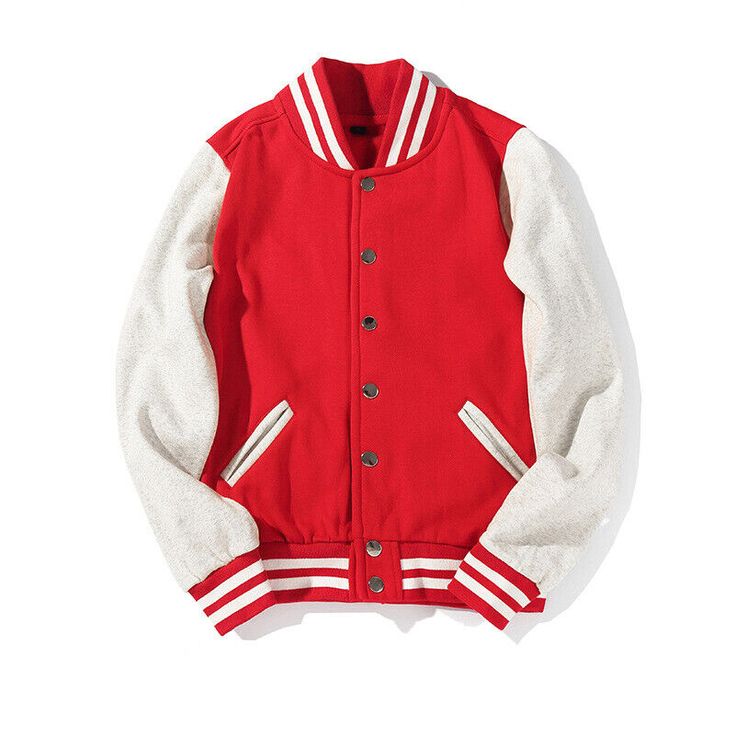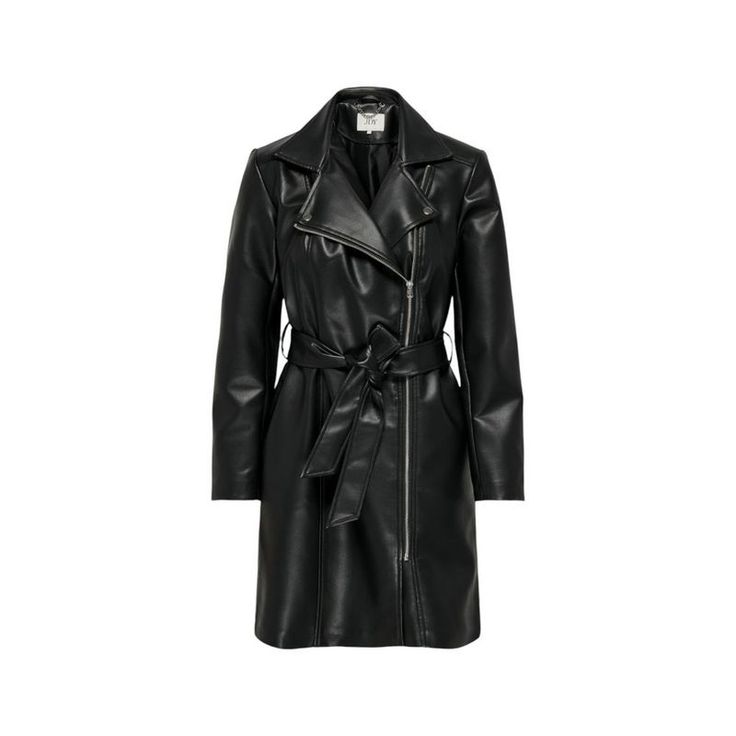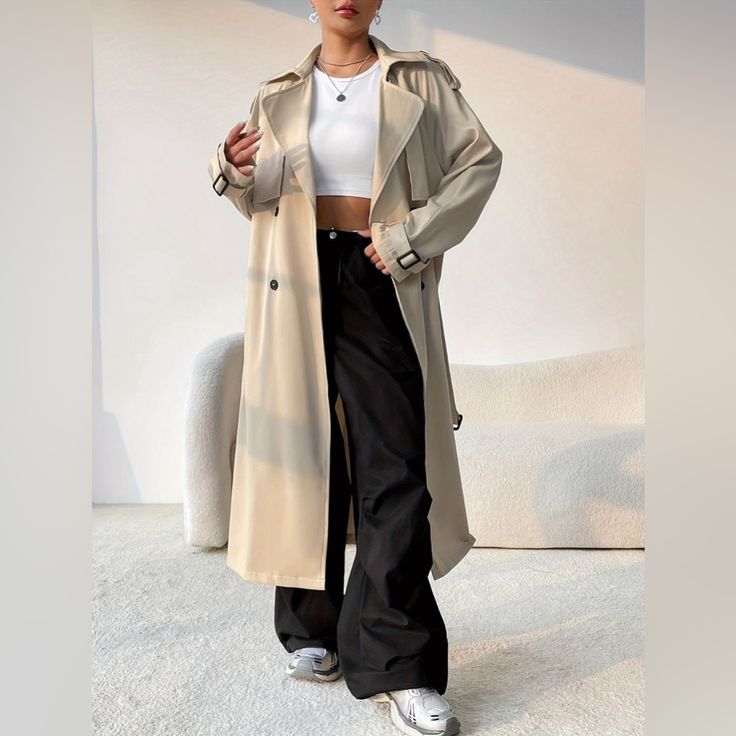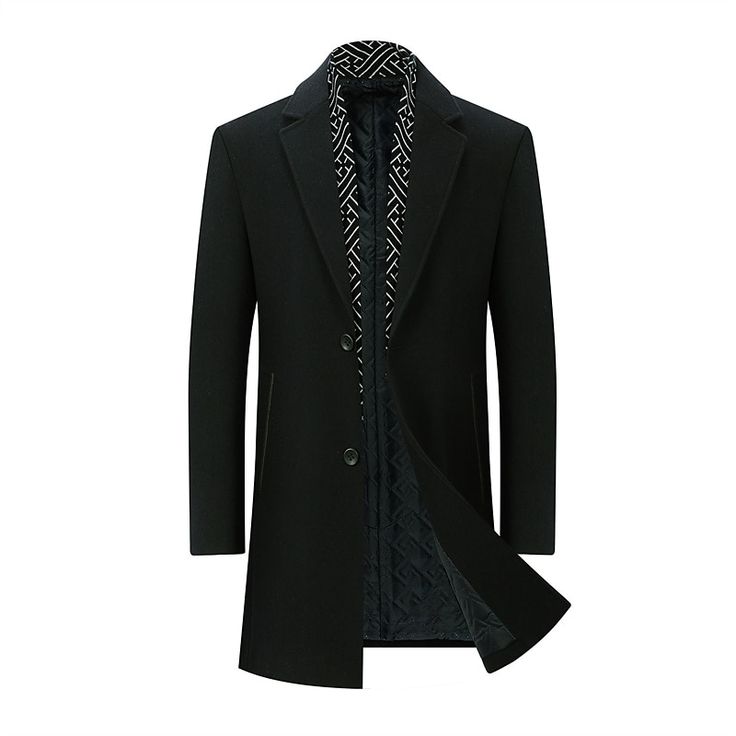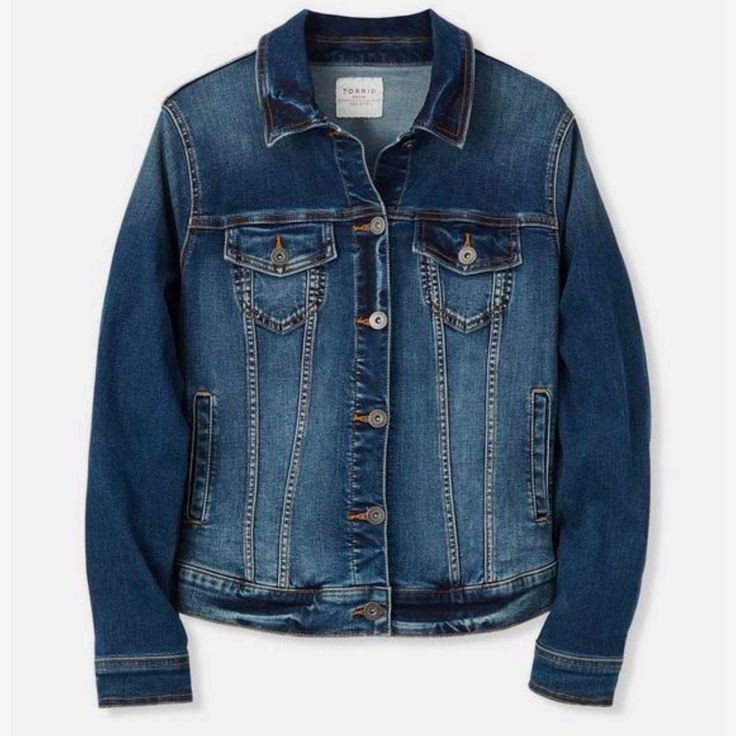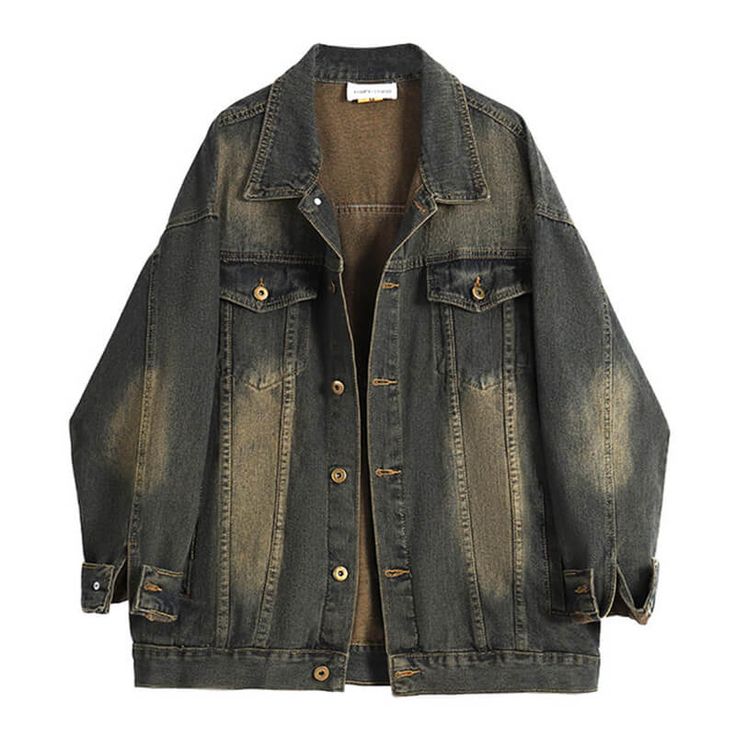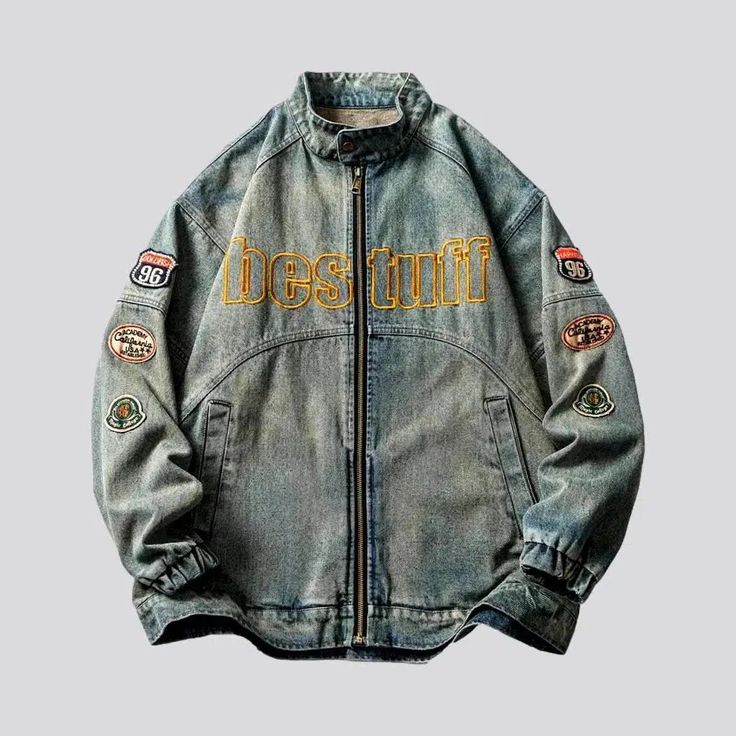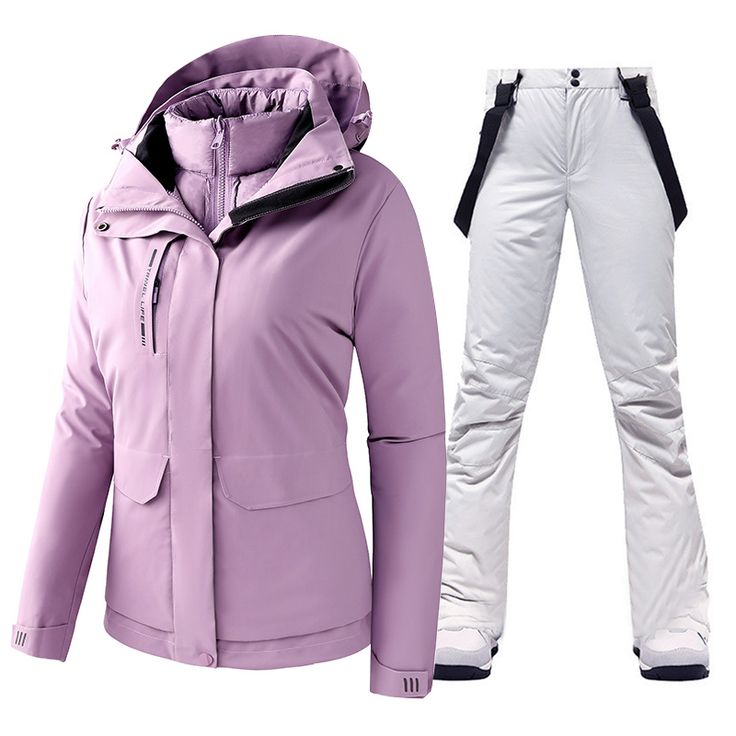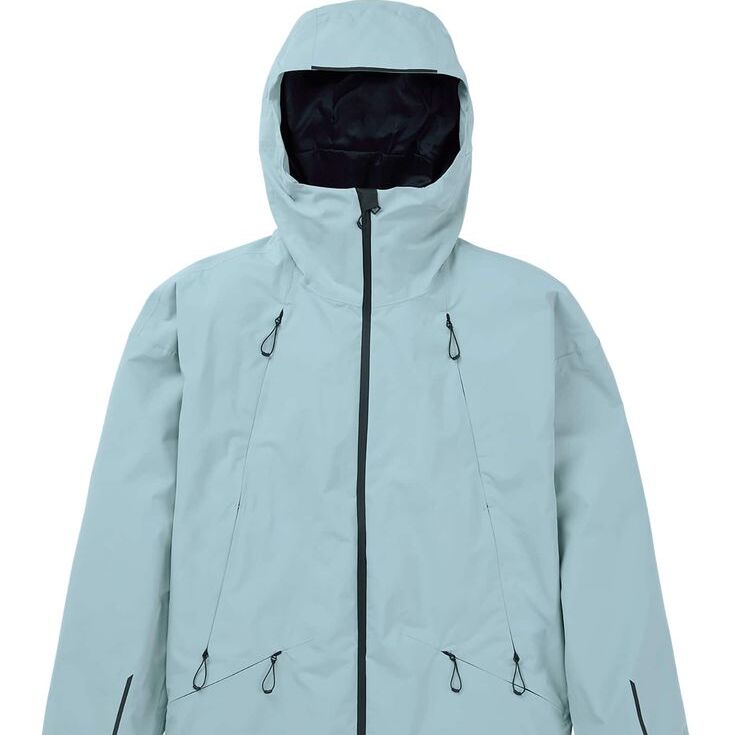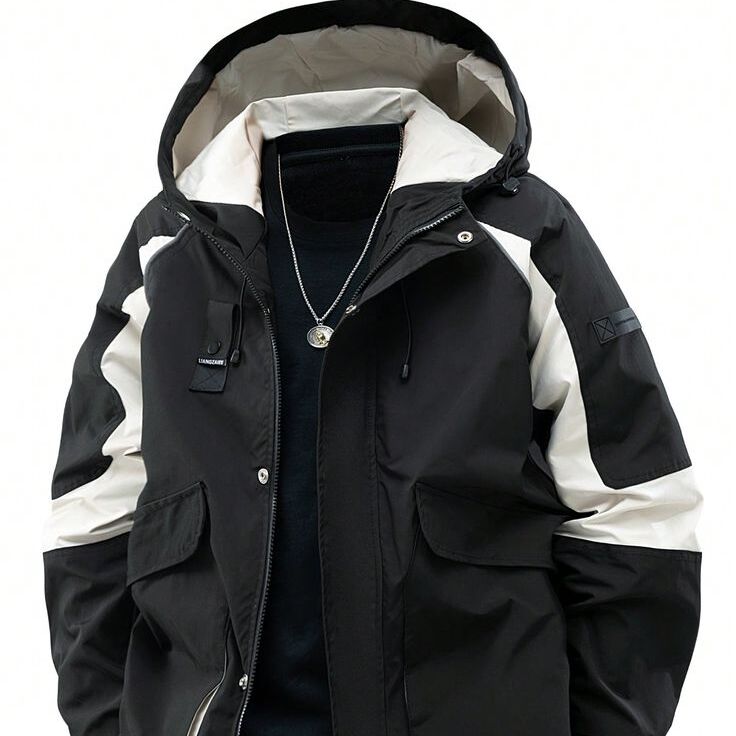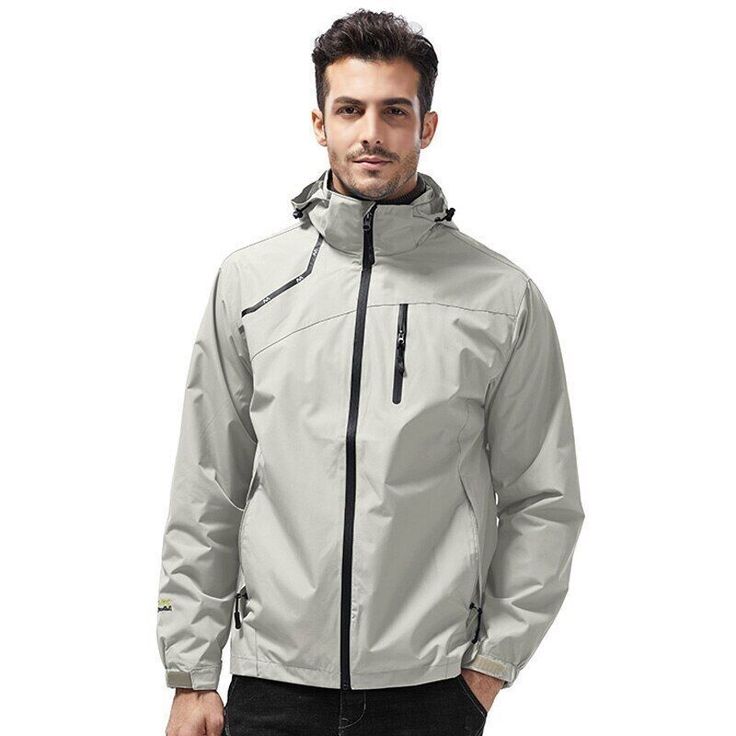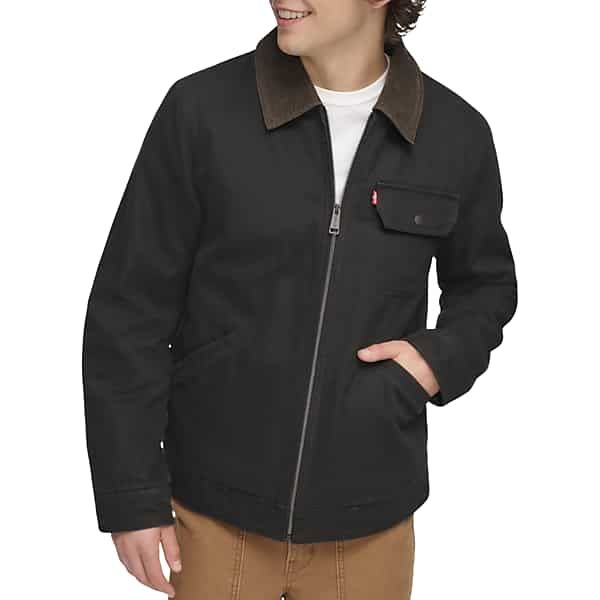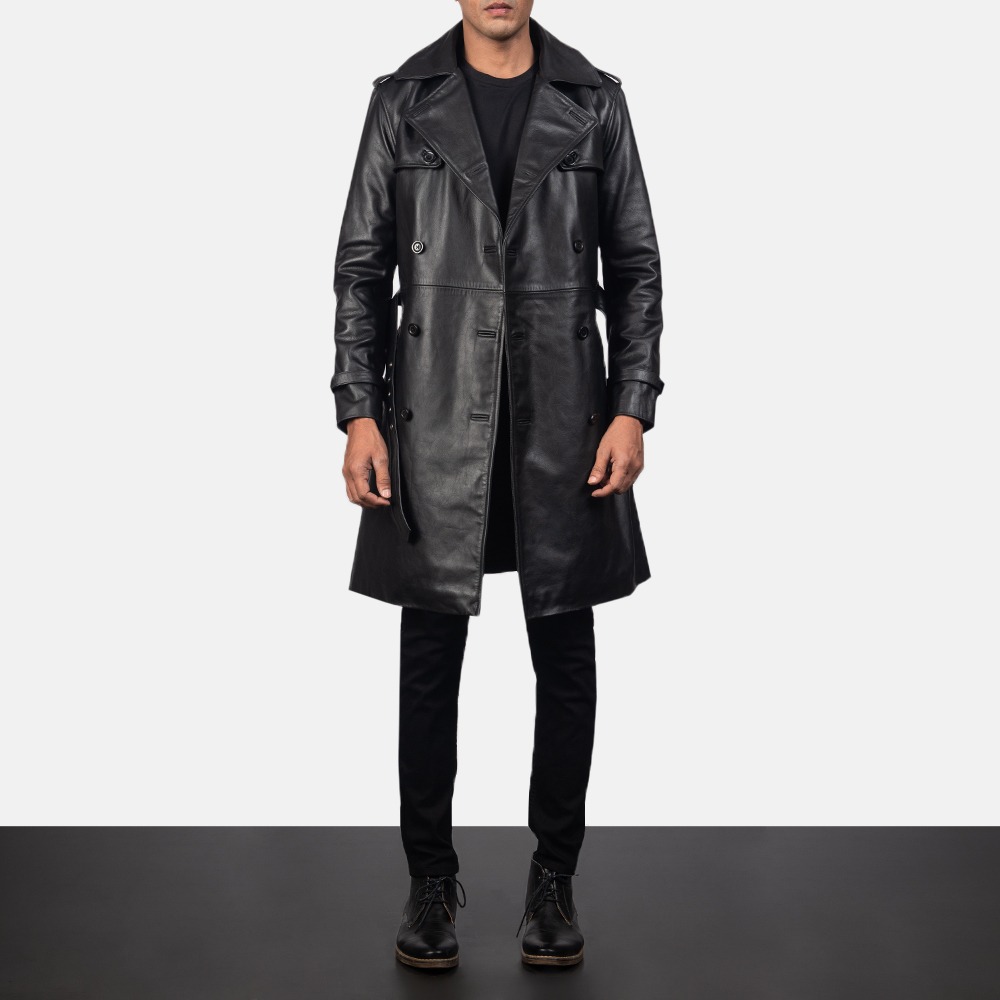
Introduction to Duster Coats
The duster coat is a versatile piece of outerwear that has stood the test of time. With its origins traced back to horsemen who wore them to protect their clothes from trail dust, this coat has evolved into a fashion staple. Today, it’s celebrated for both its function and style.Duster coats typically features a longline cut, which falls anywhere from mid-thigh to ankle. Its lightweight fabric makes it perfect for layering throughout the year. Its design often includes features like slits, buttons, and belts, allowing for a range of styling options.
When choosing a duster coat, consider its length, material, and fit. Whether worn with a casual ensemble or dressed up for a night out, a duster coat can elevate your look. In the upcoming sections, we will dive into season-specific tips to style your duster coats, proving its adaptability and how it can be a key player in your wardrobe no matter the month.
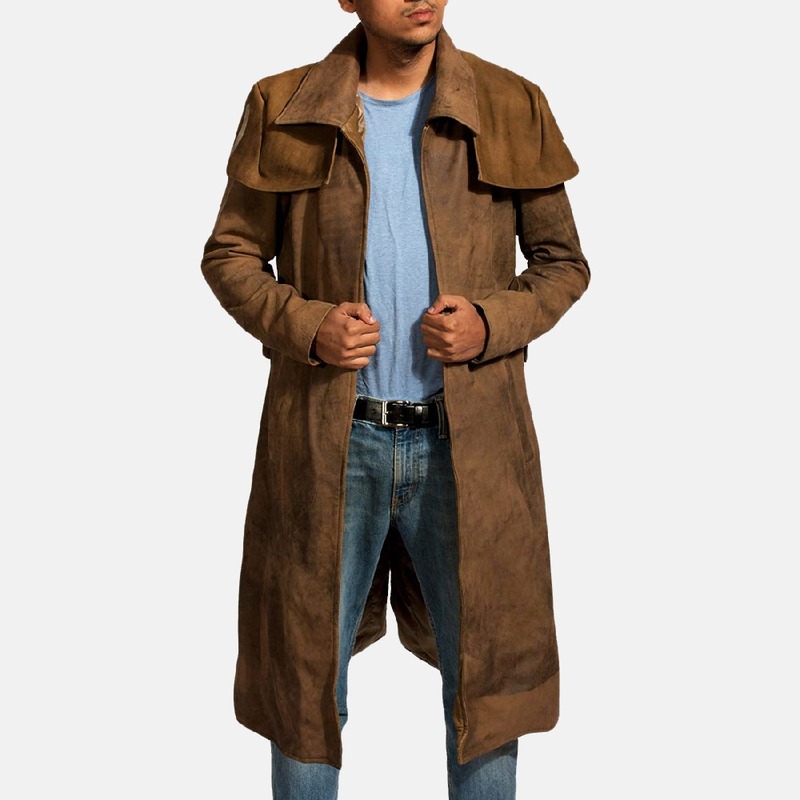
The Essentials of Choosing a Duster Coat
Choosing the right duster coat involves several key factors. These essentials ensure that you get the most out of your coat for every season. First, material choice is critical; lightweight fabrics such as linen or cotton blends are ideal for warmer months, while wool or fleece-lined options offer warmth in colder weather.
Durability is another important aspect. Quality stitching and sturdy buttons can withstand frequent wear and seasonal changes. Next, consider the coat’s length; a mid-thigh coat offers versatility, while an ankle-length coat provides more coverage and drama to an outfit. It’s best to select a length that complements your height and personal style preferences.
Fit is essential; it should allow comfortable movement and layering without looking oversized. The coat should have enough room for a sweater underneath yet still maintain a structured silhouette. Additionally, opt for neutral colors like black, grey, or beige for maximum versatility, or choose a bold color to make a statement. Lastly, features like slits, belts, and pockets can enhance both functionality and fashion, offering personalization to your duster coat style. Keep these essentials in mind to choose a duster coat that will serve as a timeless addition to your wardrobe.
Spring Outfits with Duster Coats
When spring blooms, the duster coat becomes an ideal choice for the season’s unpredictable weather. These lighter layers offer protection against the cool breeze while keeping your style fresh and airy. Here’s how to introduce a duster coat into your spring wardrobe:
- Pair with Denim: Combine a lightweight duster coat with your favorite jeans. Add a simple tee or blouse for an effortlessly chic look.
- Embrace Pastels: Spring is synonymous with soft hues. Opt for a duster coat in a pastel shade and pair it with white or light-washed denim.
- Floral Dresses: Match a neutral duster coat over a vibrant floral dress. It adds a layer of sophistication and works well for brunch outings or casual daywear.
- Office Attire: For a professional setting, duster coats work well over a crisp button-down shirt and tailored pants. Select a coat in a subtle color that complements your office wardrobe.
- Layering: Utilize light scarves or sweaters underneath your duster coat. This allows for easy adaptation to changing temperatures throughout the day.
- Footwear: Complete your spring outfit with appropriate footwear. Mules, loafers, or ballet flats pair nicely with the length of the duster coat for a balanced ensemble.
As flowers start to bloom, your duster coat will not only keep you warm during chilly mornings but also serve as a stylish transition piece as the days grow warmer. Remember to maintain the balance between comfort and style to make the most of your duster coat this spring.
Summer Styling Tips for Duster Coats
As the thermometer climbs, keeping cool in a duster coat is all about choosing lighter materials and colors. During summer, your coat should feel breezy and comfortable while still elevating your style. Here are some tips for styling a duster coat in the hot season:
- Go for Sheer Fabrics: A sheer duster coat provides coverage without trapping heat. It’s perfect for a summer evening.
- Light Colors: Opt for light shades to reflect the sun’s rays. Whites, creams, and pastel colors are ideal.
- Shorts and Skirts: Pair your duster coat with shorts or a mini skirt. This keeps you cool and shows off your legs.
- Tank Tops and Tees: Wear a sleeveless top or a light t-shirt underneath to stay comfortable during the day.
- Beach Cover-up: Use your duster coat as a chic cover-up over your swimsuit at the beach.
- Breezy Fabrics: Linen and cotton duster coats are breathable options that help you stay cool.
- Relaxed Fit: Avoid tight-fitting coats. A relaxed fit allows for air circulation and adds to the casual summer vibe.
Remember, the key is to stay stylish without sacrificing comfort during the heat of summer. With these tips, your duster coat can be a staple in your summer wardrobe.
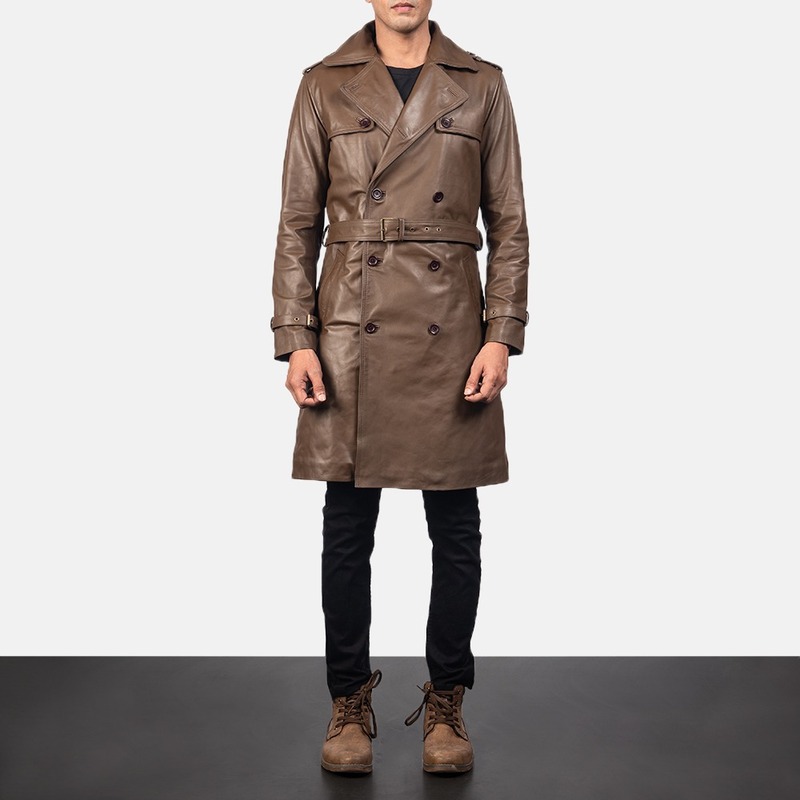
Autumn Duster Coat Combinations
With the arrival of autumn, the air turns crisp and the leaves change color—a perfect backdrop for styling your duster coat. Autumn calls for layers that can be adjusted as temperatures fluctuate throughout the day. Here are some ways to mix and match your duster coat during the fall season:
- Knitwear Harmony: Layer a duster coat over a cozy knit sweater. Choose warm autumnal colors like burnt orange, mustard yellow, or deep burgundy.
- Boots and Leggings: Pair your duster coat with leggings and knee-high boots for comfort and style. This combo keeps you warm and looks sharp.
- Plaid Patterns: Introduce plaid shirts or scarves into your outfit. They add a classic fall touch when worn with a duster coat.
- Denim Days: A denim shirt or jacket under your duster coat adds a textured, casual vibe.
- Warm Accessories: Incorporate beanies, gloves, and woolen scarves for extra warmth and style.
Adaptability is key when it comes to autumn fashion. Your duster coat can help transition your wardrobe from the warm days of summer to the cooler nights of fall with ease. By following these combinations, you ensure your look remains fresh and on-trend during the entire season.
Winter Looks Featuring Duster Coats
When winter arrives, the duster coat becomes a warm and stylish go-to choice. This season is all about maximizing comfort without compromising on style. Here are ways to make your duster coat work during the coldest months:
- Layer Wisely: Start with a thermal base layer. Top it with a chunky knit before adding your duster coat.
- Fabric Selection: Choose heavier materials like wool to retain heat. A lined duster coat provides extra insulation.
- Dark Colors: Darker shades such as black, navy, or forest green are winter-appropriate and can be more flattering.
- Boots: Wear ankle or calf-length boots for warmth and style. They complement the length of the coat well.
- Belted Styles: A belted duster coat defines your waist. It keeps the coat closed, trapping warmth.
- Layer Over Dresses: Pair your coat with a long sleeve dress. Add tights for added warmth.
- Winter Accessories: Finish your look with hats, gloves, and scarves. They add extra warmth and color.
The goal is to stay cozy while looking chic. With these tips, your duster coat will keep you looking fashionable through the winter season.
Layering Techniques with Duster Coats
Layering is an art that can transform your outfit with a duster coat. Here are key techniques:
- Start with Basics: Choose a snug-fitting tank top, tee, or turtleneck as your base layer.
- Mid-Layers: Add a sweater, cardigan, or a light jacket, depending on the weather.
- The Duster Coat: Put on your duster coat as the top layer. Select a style that complements your outfit.
- Balance Proportions: If your coat is long and flowy, keep the underneath layers more fitted.
- Experiment with Textures: Mixing different materials like denim, knits, and cotton adds interest.
- Belt It: Define your waist and create an hourglass silhouette with a belt over the coat.
- Adjust for Climate: Remove or add layers beneath your duster coat as temperatures change.
Fun and functional, these techniques let your duster coat shine while keeping you comfortable.
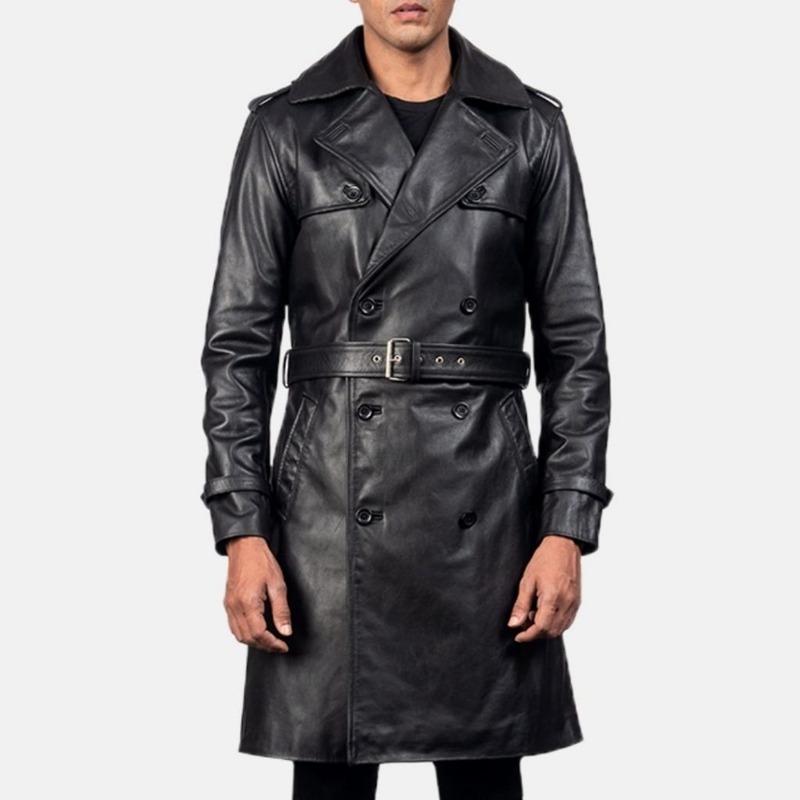
Accessorizing Your Duster Coat for Any Occasion
Accessorizing can elevate the style of your duster coats, making it suitable for various events. Here’s how to accessorize your duster coat for any occasion:
- Belts: Cinching your duster coat with a belt can create a flattering silhouette. Choose a wide belt for a bold statement or a skinny belt for a subtler look.
- Scarves: Scarves add color and texture. Wrap a light scarf for spring or a thick, knitted one for winter around your neck.
- Hats: From wide-brimmed fedoras to cozy beanies, hats can complement your duster coat and add personality to your outfit.
- Jewelry: Minimalist jewelry works for a refined look, while chunky pieces can make a statement. A long necklace can mimic the vertical lines of your coat.
- Bags: A structured handbag adds sophistication, perfect for work. Crossbody bags offer a casual look for days out.
- Footwear: Match your shoes to the occasion. Heels elevate the duster coat for evening wear, while sneakers keep it casual for daytime.
With these accessories, your duster coat is not just a layer but the anchor to your outfit, adaptable for any setting or season.

